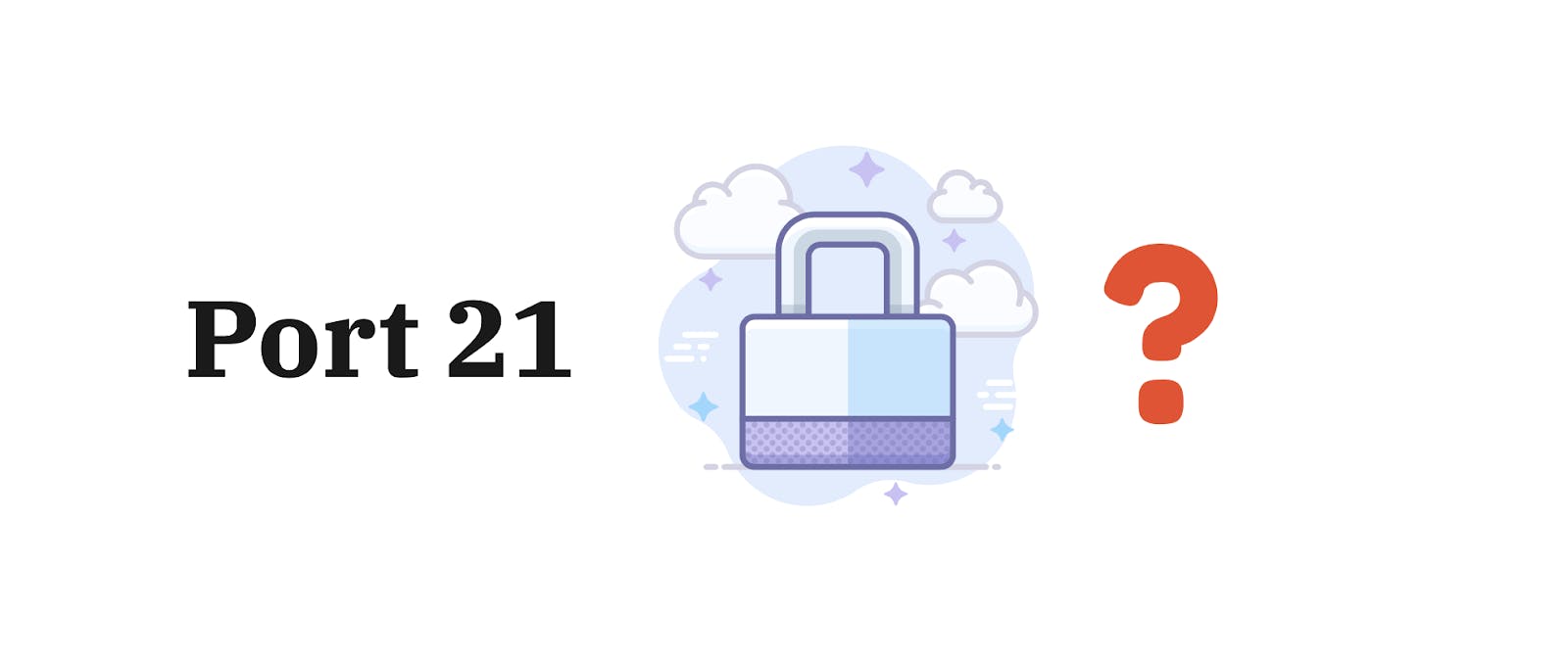
Top Secure File Transfer Methods Review
Make sure your data and files are being transferred securely with secure methods like SFTP. Read More
Published on 22 Mar 2018 - Updated on 29 May 2025
In today’s digital environment, file transfers are constant but secure file sharing isn’t always guaranteed. Whether you’re managing infrastructure for a distributed team or overseeing compliance in a regulated industry, your file sharing strategy must reflect the sensitivity of your data and the scale of your operations. Here’s a breakdown of the four tiers of secure file sharing, and how to determine when it’s time to advance.

Many organizations begin here: sending files via email or through generic cloud services like Google Drive or Dropbox. It’s accessible and easy to use, but lacks the controls needed in a professional IT environment.
Security Gaps:
In Practice: This method may suffice for publicly available documents or temporary internal use. But for anything involving sensitive data, compliance obligations, or external parties, it’s insufficient.
Why IT Should Advance: External collaboration, security mandates, or growing data complexity require visibility, policy enforcement, and scalable governance.
Platforms like ExaVault offer added security layers such as password-protected links and expiration settings, giving users more control than basic public sharing.
Limitations:
In Practice: Ideal for teams that need more control over external file access without implementing full user authentication. ExaVault supports this level well for businesses that prioritize simplicity with light protection.
At this level, secure file sharing becomes operationalized. Portals with authenticated access, combined with automated workflows, create consistency and reduce risk.
Enterprise Capabilities:
From ExaVault to Files.com: Many organizations start with ExaVault for its ease of use and evolve to Files.com when they need more advanced automation, authentication, and integration with enterprise systems. Files.com offers secure portals, robust workflow capabilities, and audit logging built for scale.
In Practice: A smart fit for IT teams standardizing external file exchanges, automating transfers, or needing audit visibility across departments.
This tier aligns file sharing with enterprise IT strategy. It enables policy-driven operations and supports complex infrastructure and compliance demands.
Advanced Features:
Why Files.com Excels: For businesses that began with ExaVault and have reached a point where integrated workflows, audit-readiness, and enterprise-grade governance are critical, Files.com offers a complete platform. It replaces aging FTP systems and empowers IT teams with centralized control over file operations.
In Practice: This level supports regulated industries, high-volume automation, and complex IT ecosystems.
ExaVault serves as a strong foundation for businesses beginning to prioritize secure file sharing. But as security needs deepen and automation becomes essential, it's important to invest in infrastructure that can scale. Files.com provides that next-level platform—designed for IT teams that need enterprise security, operational consistency, and full lifecycle file management.

Make sure your data and files are being transferred securely with secure methods like SFTP. Read More

Is Port 21 Secure? Find out more about Port 21, FTP and security. Read More